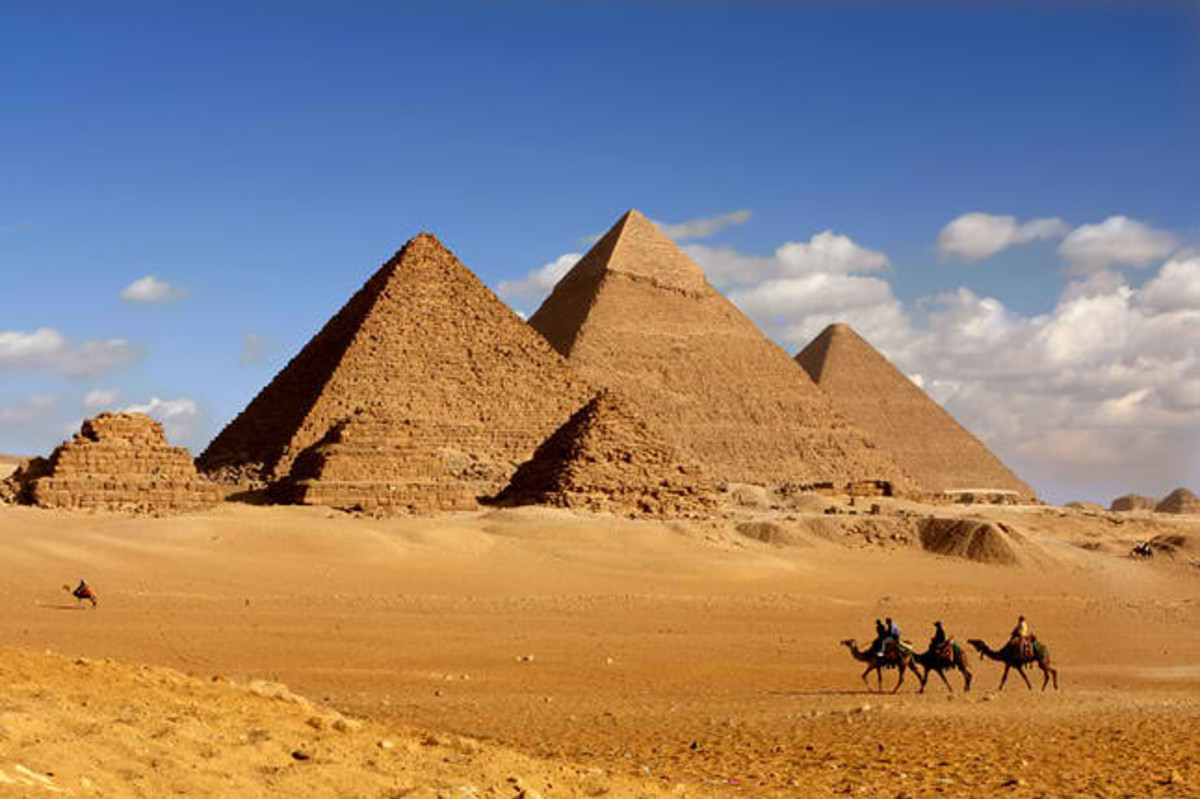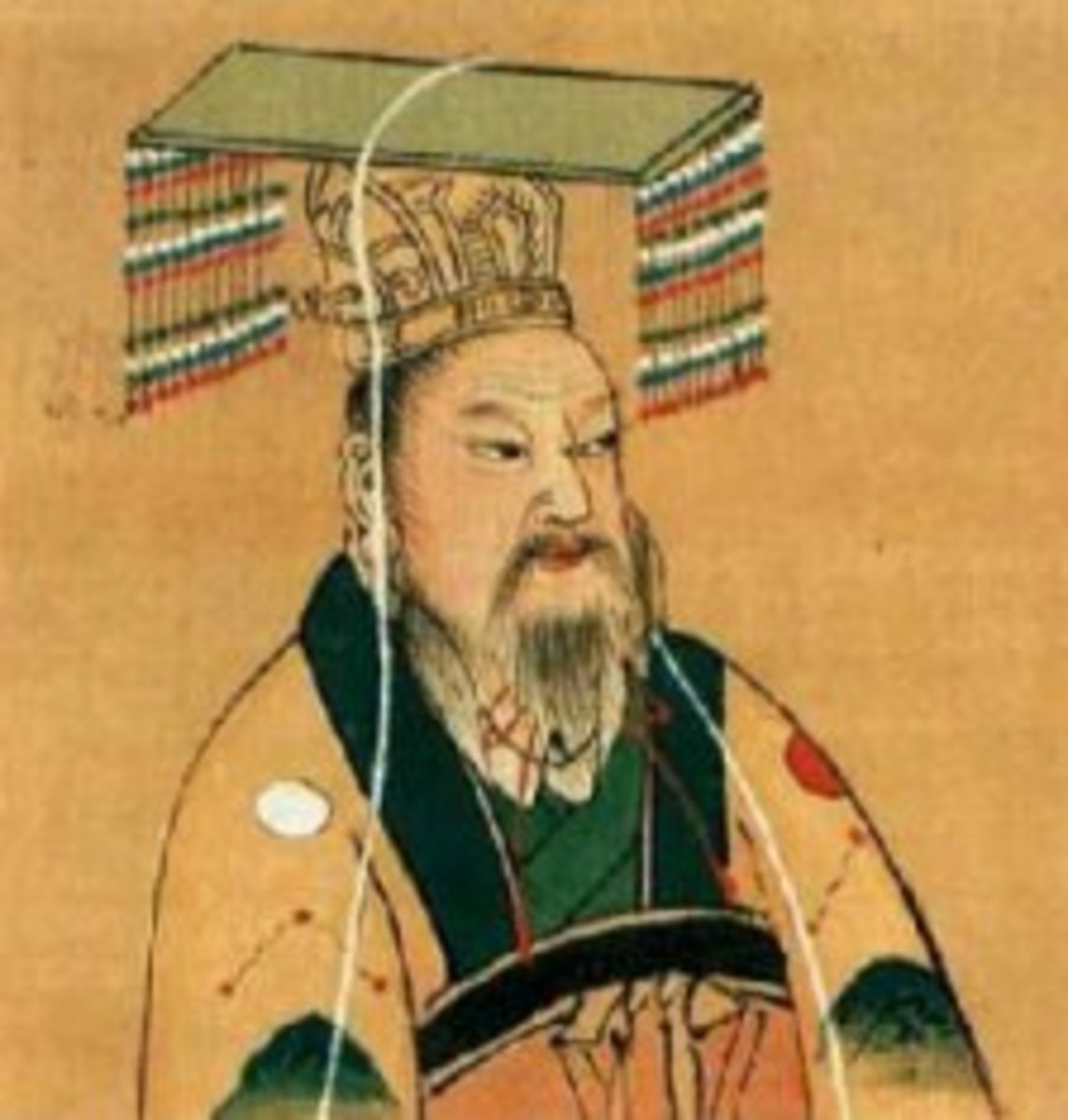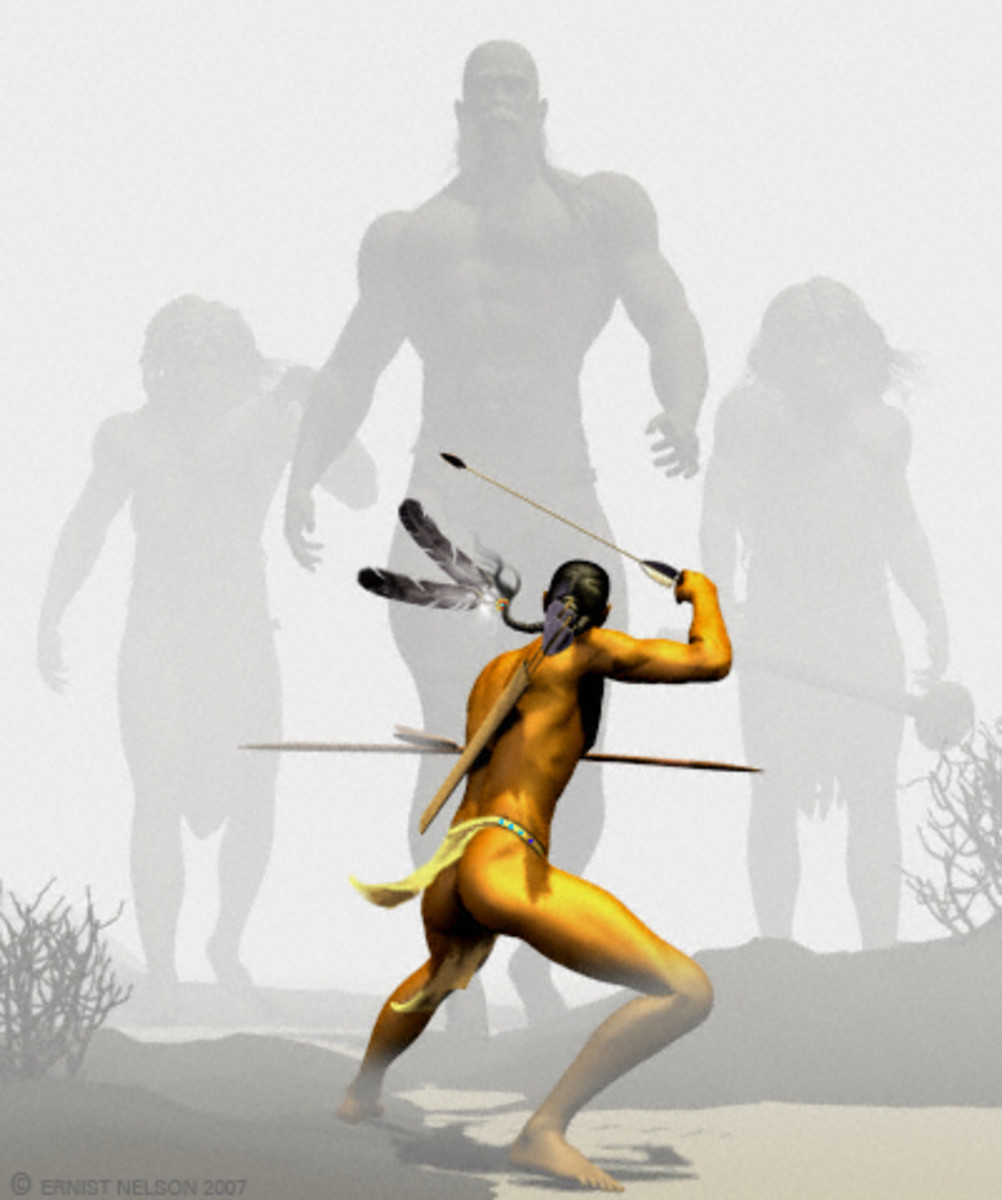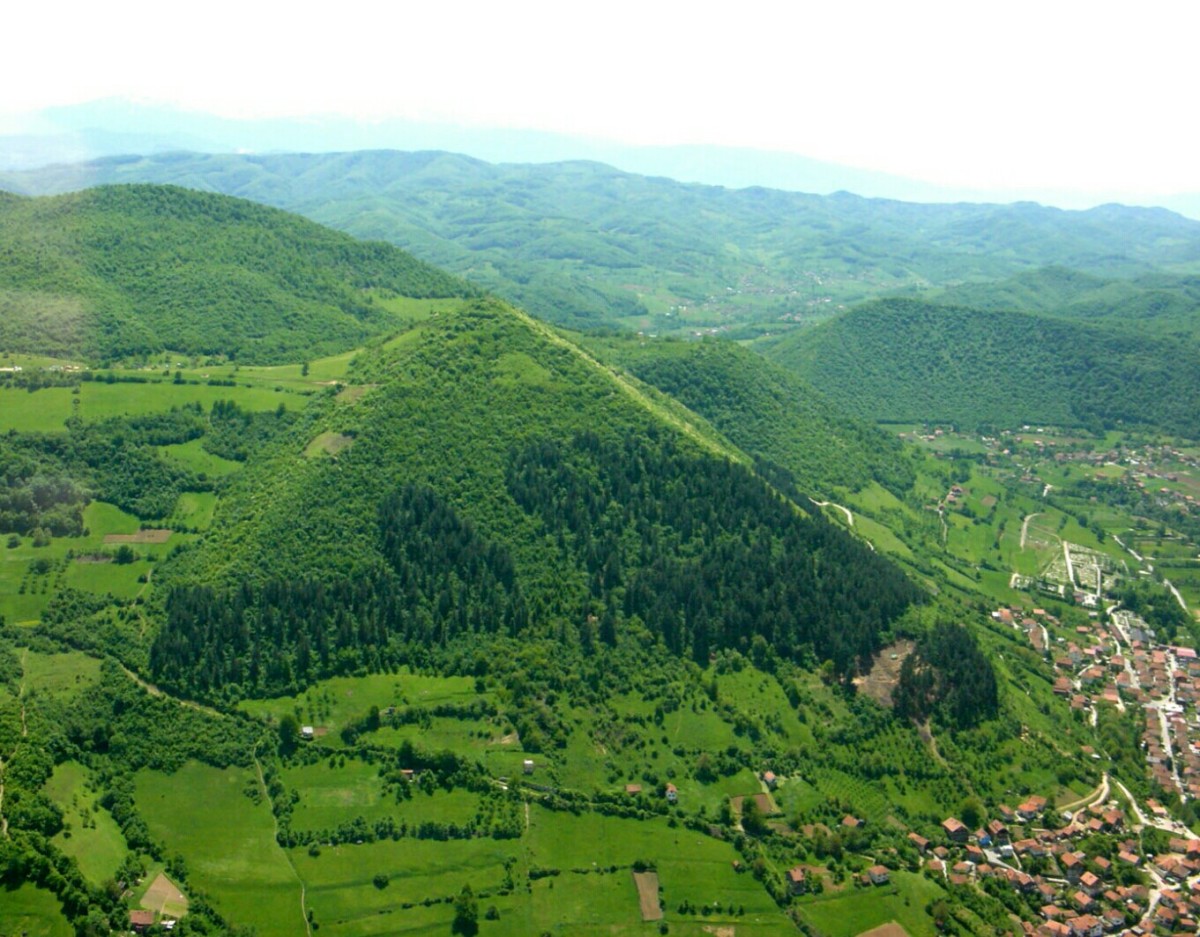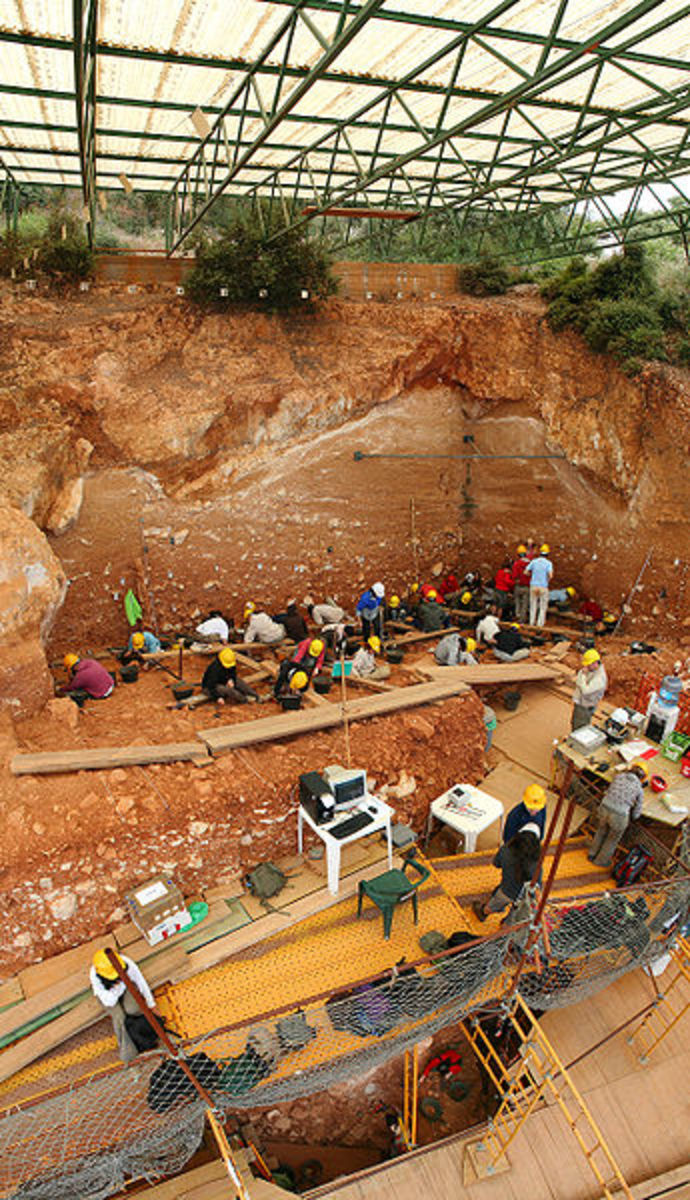- HubPages»
- Education and Science»
- History & Archaeology»
- Archaeology
Historical Landmarks: Mausoleum at Halicarnassus
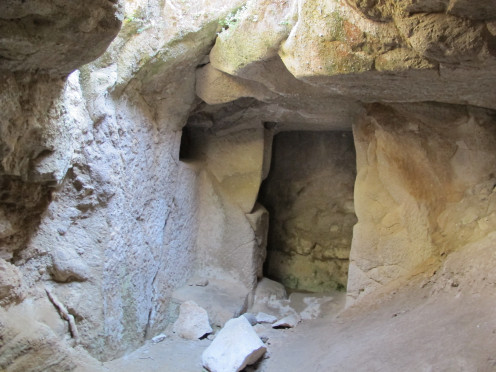
A Brief Overview
Definition
Satrap – a ruler who governs provinces of the Persian Empire.
Hecatomnus of Milas (Milasa/Mylasa), a satrap who ruled over the province of Caria is the father of Mausolus; a man whose name has now become the eponym for regal tombs thus the origin of the word “Mausoleum”. In 377 BC, Hecatomnus died, leaving the entire kingdom under the reign of his son Mausolus. Mausolus married his sister Artemisia, making her the Queen of their kingdom.
During his reign, Mausolus made a decision to move the capital of his governed province to the city of Halicarnassus as it was the best place that offers security and protection for his people and sovereignty. To have clear views of the places where enemies could easily land an attack, a palace for Mausolus and Artemisia was built up on a location overseeing the sea and the land area. Watchtowers and high walls were built to guarantee strong protection as well. Streets were paved and houses for common people were constructed.
Mausolus, though descended from the local people spoke Greek and was known to have greatly admired the Greek’s way of life. In fact, in the city of Halicarnassus, he commissioned the construction of a Greek-style theater and a temple to Ares – the Olympian god of war.
For 24 years long, Mausolus and Artemisia ruled over the province and vastly expanded their territory; controlling over the most parts of southwest Asia Minor. In 353 BC, Mausolus died. His queen, Artemisia was left alone and broken-hearted. The gloomy queen then ordered the construction of a grand tomb for his late king. Over the course of time the magnificent tomb became so widely known and Antipater of Sidon who was enthralled of its uniqueness enlisted it as one of the 7 Ancient Wonders of the World – which is now most commonly known as the Mausoleum at Halicarnassus.
Construction of the Mausoleum at Halicarnassus
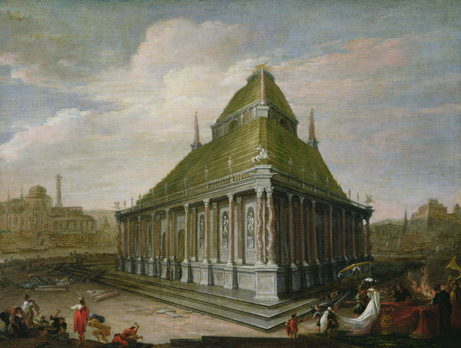
- Artemisia sent messengers to Greece to hire the most brilliant artists and architects of the time. The Greek architects Pytheos and Satyros were the ones who were appointed to design the temple.
- Greek artists who contributed to the construction of the Mausoleum include Bryaxis, Timotheus, Leochares and Scopas of Pharos (the man who also directed one of the reconstructions of the Temple of Artemis).
- Some 100 craftsmen also helped with the building of the Mausoleum.
- The Mausoleum at Halicarnassus was erected on a surrounding courtyard.
- A stairway which led to the platform (where the tomb is set up) was bordered with life-sized lions
- Along the outer walls of the courtyard were stood statues of gods and goddesses.
- Stone warriors on horseback were put up at each corner of the platform figuratively guarding the tomb.
- The tomb’s whole structure was raised to four distinctive parts.
- The stepped podium which is 20 meters (60 ft.) high was decorated with statues and bas-reliefs showing action scenes from Greek myth.
- On the top of this podium was a colonnade raised 12 meters high (38 ft.). It contained 36 stone columns and a solid block which supported the weight of the massive roof.
- The roof, which was in a form of a pyramid, was upraised into 24 steps stretching 7 meters (22 ft.) high.
- The roof was topped with a four-horsed chariot rode with statues of Mausolus and Artemisia. This structure at the top was 6 meters (20 ft.) high.
- The whole structure of the Mausoleum at Halicarnassus extends 45 meters (148 ft.) above from the platform.
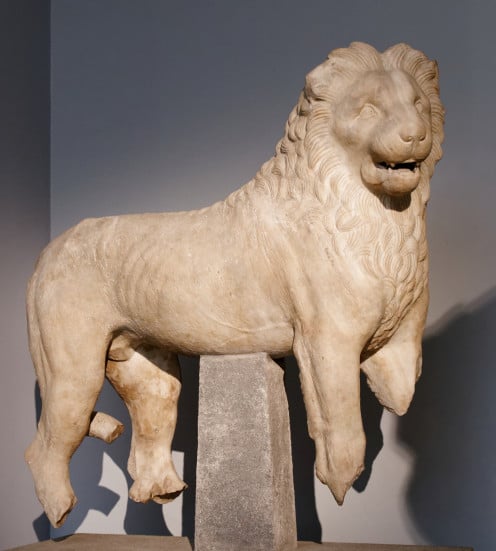
Significant Past Accounts
Queen Artemisia died two years after King Mausolus death. She was buried alongside of his husband, King Mausolus. By then, the construction of the tomb was not finished yet. According to Pliny’s account, the craftsmen stayed on to finish the construction, pointing that the grand tomb was not only a memoir of the late royal couple, but also to the sculptors’ art.
For nearly 16 centuries, Mausolus’ tomb stood still. Actually, the question of when and how the “wonder” was destroyed remains uncertain. However, in 12th century AD, Eustathius made a commentary of the Iliad, “it was and is a wonder”, and Knights of St. John of Jerusalem noted that the Mausoleum was in ruins when they came into the site in year 1402. This then gave way to the theory that the grand tomb was destroyed sometime between in the 12th and 14th century, perhaps by earthquakes.
Alexander The Great Bust
![See page for author [CC BY-SA 2.0 (http://creativecommons.org/licenses/by-sa/2.0)], via Wikimedia Commons See page for author [CC BY-SA 2.0 (http://creativecommons.org/licenses/by-sa/2.0)], via Wikimedia Commons](https://usercontent2.hubstatic.com/13567121_f496.jpg)
Alexander the Great conquered the city of Halicarnassus in 334 BC, but he left the tomb of Mausolus untouched. The city was also attacked by pirates in 62 and 58 BC but then again the “wonder” was undamaged and remained intact.
In 1522, rumors of the Turkish invasion spread over the city of Halicarnassus which was during the time governed by crusaders (Knights of St. John). The Knights then decided to make use of what was left of the “wonder” to strengthen their castle (Bodrum). During the venture, the Knights discovered the tomb of Mausolus and Artemisia but when they entered they found that it was already emptied. They also obtained some bas-reliefs which they used to decorate the castle. During the mid-18th century, Lord Stratford de Redcliffe obtained permission to recover the archaeological finds (of the tomb) from the castle. These relics are now placed and can be seen at the British Museum of London, England.
Search for Remnants
In 1846, the British Government sent Charles Thomas Newton, an archaeologist, to search for more remnants of the structure. Charles Newton proved to be successful in his exploration. He located three corners of the foundation of the Mausoleum, a staircase and parts of the wall. He also unearthed parts of the pyramidal roof and a broken stone chariot wheel. Perhaps his greatest discovery was the pair of statues of Mausolus and Artemisia, which remained relatively intact.
It is sad to say that such wonder came into ruins (well, most wonders were destroyed now).It may have been a wonderful thing to be able to see such unique piece-of-art. However, the tomb of Mausolus (Mausoleum at Halicarnassus) is indeed a splendid creation. A number of buildings today were based on the tomb’s design. Among these is the St, George’s Church in Bloomsbury London, Los Angeles City Hall, the National Newark Building and more.
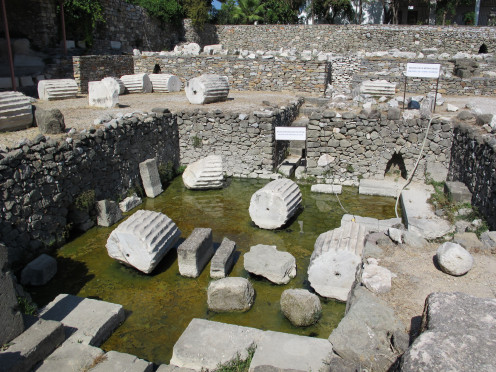
Which of the Ancient Wonders do you think is the most wonderful?
Related Articles
- Historical Landmarks: The Colossus of Rhodes
The island of Rhodes in the Eastern Mediterranean was once a great economic center in the ancient times. Given its geographical location, the city of Rhodes was busied with many people coming from distant lands of Greece, provinces of Persia and etc. - Historical Landmarks: The Lighthouse of Alexandria
The Lighthouse of Alexandria (also known as the Pharos of Alexandria), built up around the beginning of the 3rd century BC was the first lighthouse ever constructed in the world. The structure stood on Pharos Island in the East Harbor of Alexandria w - Historical Landmarks: The Statue of Zeus at Olympia
One of the astonishing structures of classical antiquity is the Statue of Zeus. Built primarily to honor the King of Greek Gods and Goddesses, this humongous figure of the Greek God of Thunder was housed in the Temple of Zeus at Olympia, Greece - Historical Landmarks: The Great Pyramid of Giza
The Great Pyramid located at Giza near Cairo, Egypt has ever since secured its position as one of the Seven Wonders of the Ancient World. This stupendous architecture is still standing mightily. - Historical Landmarks: The Hanging Gardens of Babylon
The Hanging Gardens of Babylon famed as one of the 7 Wonders of the Ancient World. - Historical Landmarks: Temple of Artemis at Ephesus
The Temple of Artemis, known as one of the 7 Ancient Wonders of the World was built up around the city of Ephesus (located in modern day Turkey). The temple was created to honor the Olympian goddess Artemis, twin sister of Apollo and daughter of Zeus
Is this helpful?
© 2013 LG

